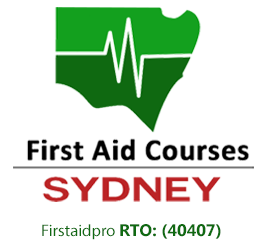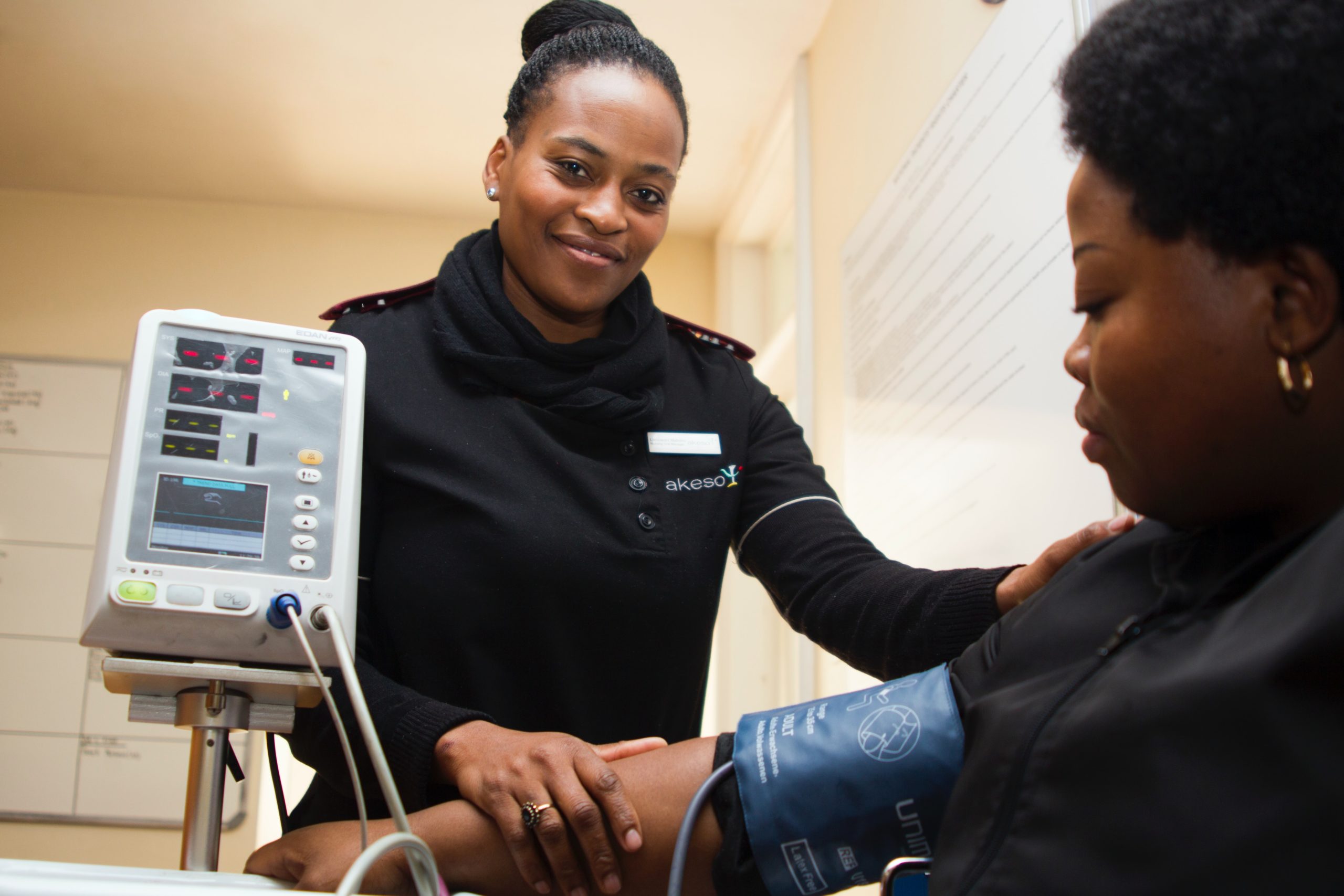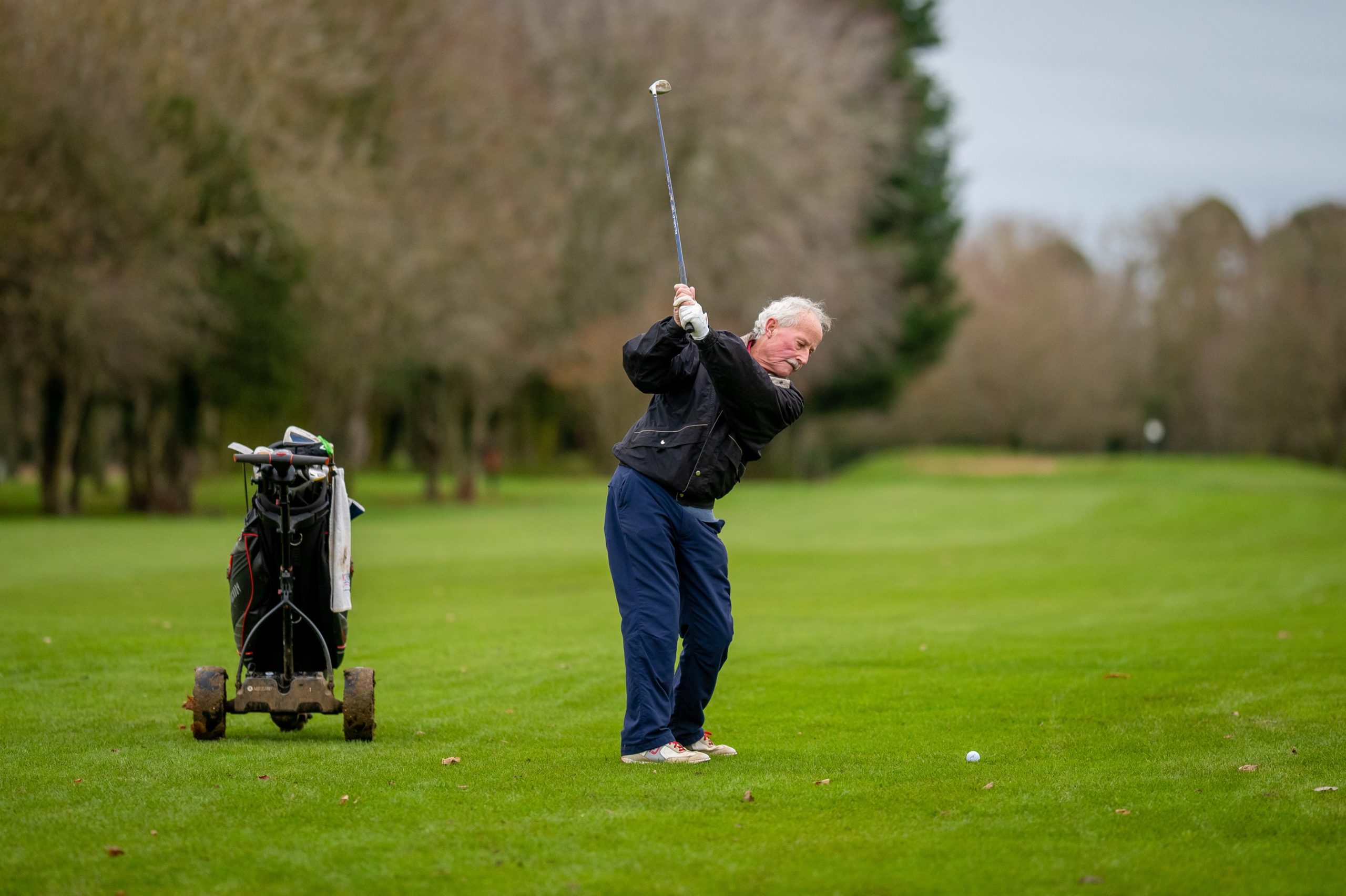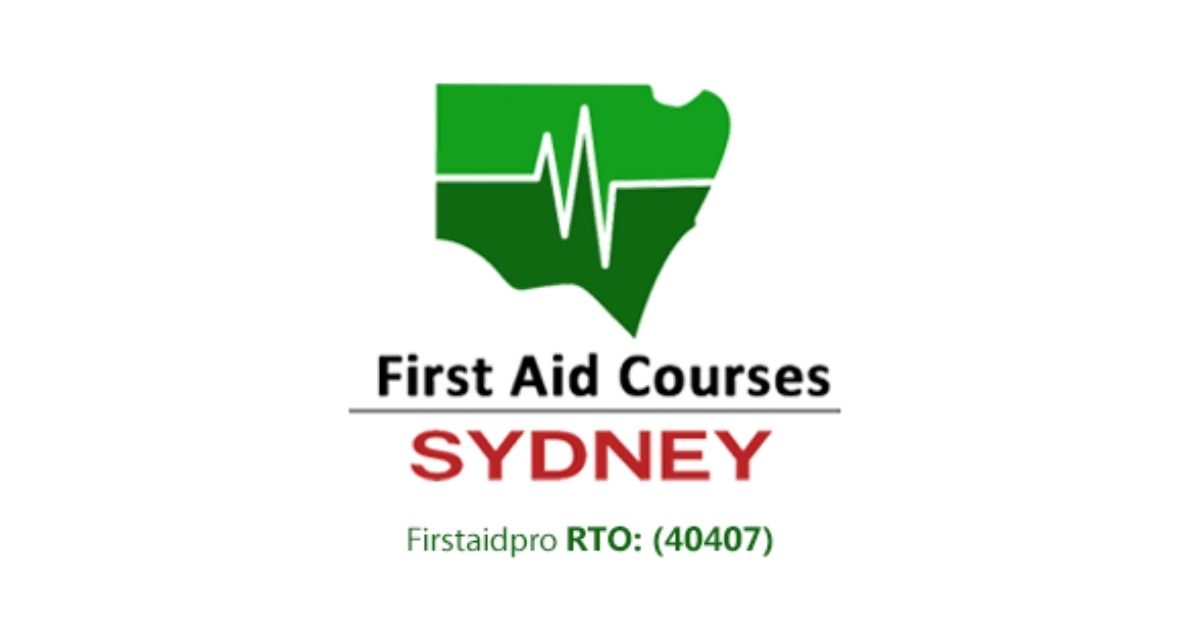Coming across a situation where there are multiple casualties involved can be intimidating for most of us. But having proper training and a thought-out process when providing care will help you from start to finish. Find out what to do after a multiple casualty incident.
Dealing with Multiple Casualties
Dealing with a multiple casualty situation may require you to make difficult decisions on handling treatment and evacuation. An emergency is described as having ‘multiple casualties’ if you need to deal with more than one person. It is also referred to as a ‘major incident.’
Several factors determine how serious a situation is. These include the number of casualties, their ages, the level of injuries, the number of rescuers, the location, the environment, whether bystanders are around, and much more.
Whilst dealing with these incidents, it is easy to be tempted to approach the person nearest to you, causing a delay in helping someone who needs it more. To effectively manage such a situation, you need to triage. Triage is where you will quickly access everyone’s injuries and put them into categories.
There are four triage categories, namely:
-
Immediate (red tag)
Casualties that belong to this category have life-threatening but treatable injuries. Anyone assigned with a red tag requires immediate medical attention. They are also the first to be transported to the hospital when medical help arrives.
-
Urgent (orange or yellow tag)
These are casualties who sustain serious injuries but can wait for a short time before receiving treatment.
-
Delayed (green tag)
Green tag casualties can wait hours to days before treatment. These ‘minor casualties’ are usually separated from the more serious injury by asking them to move to a specific area.
-
Dead (white or black tag):
The final group in which they categorize as the dead group or white group. Unfortunately, these are casualties you cannot help, and they cannot be resuscitated.
When emergency medical services (EMS) arrive on the scene, they will carry out their own triage. But first aid intervention with initial triage will help them in the handover of the situation.
First Aid for Multiple Casualties
Before anything else, any severe medical emergencies with one or more casualties should be directed to local emergency services. Call Triple Zero (000) or your designated emergency number in the area.
Then, follow these first aid steps.
-
Assess the area for danger.
Do not proceed until you ensure that it is safe to do so. Make use of all your senses and apply look, listening, and smell as you assess the situation. Do not become another casualty.
-
Do the triage assessment.
Do a quick scan of the scene and seek out the quiet casualties for treatment first. These are usually red tags as long as they are dealing with major bleeds. If there are other bystanders on the scene, get them to watch over the red casualties as you proceed with orange, yellow, and green tags.
-
Bring out your first aid kit.
If you have a first aid kit with you, use it to attend and care for wounded casualties. If the person can treat themselves, give them some supplies to treat their wounds as you help others.
-
Get others to help
Ask bystanders to help you monitor casualties and give out first aid materials. You may also need their help keeping the casualties in a recommended position or moving them to a safe place.
-
Provide necessary information to EMS
When emergency services arrive and are ready to take over, brief them on what you have done and ask if you can do anything to help.
Learn how to plan your response in Multiple Casualties
First Aid Courses Sydney offers provide a first aid course to help you understand the process of giving care in major incidents. Learn how to do a primary survey, how to stop the bleed, apply DRSABCD and other first-aid procedures that are beneficial in all types of emergencies
To book a course, call our office on 08 8382 4677 or email us via courses@firstaidpro.com.au
Visit our website for more information.







